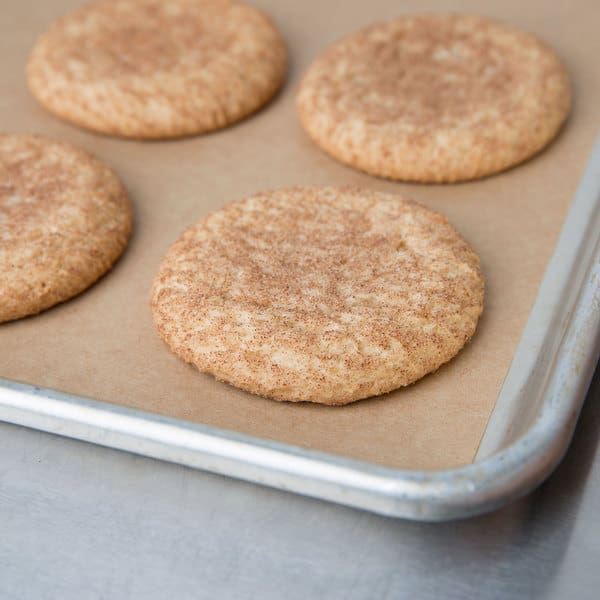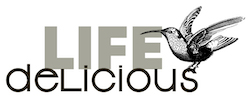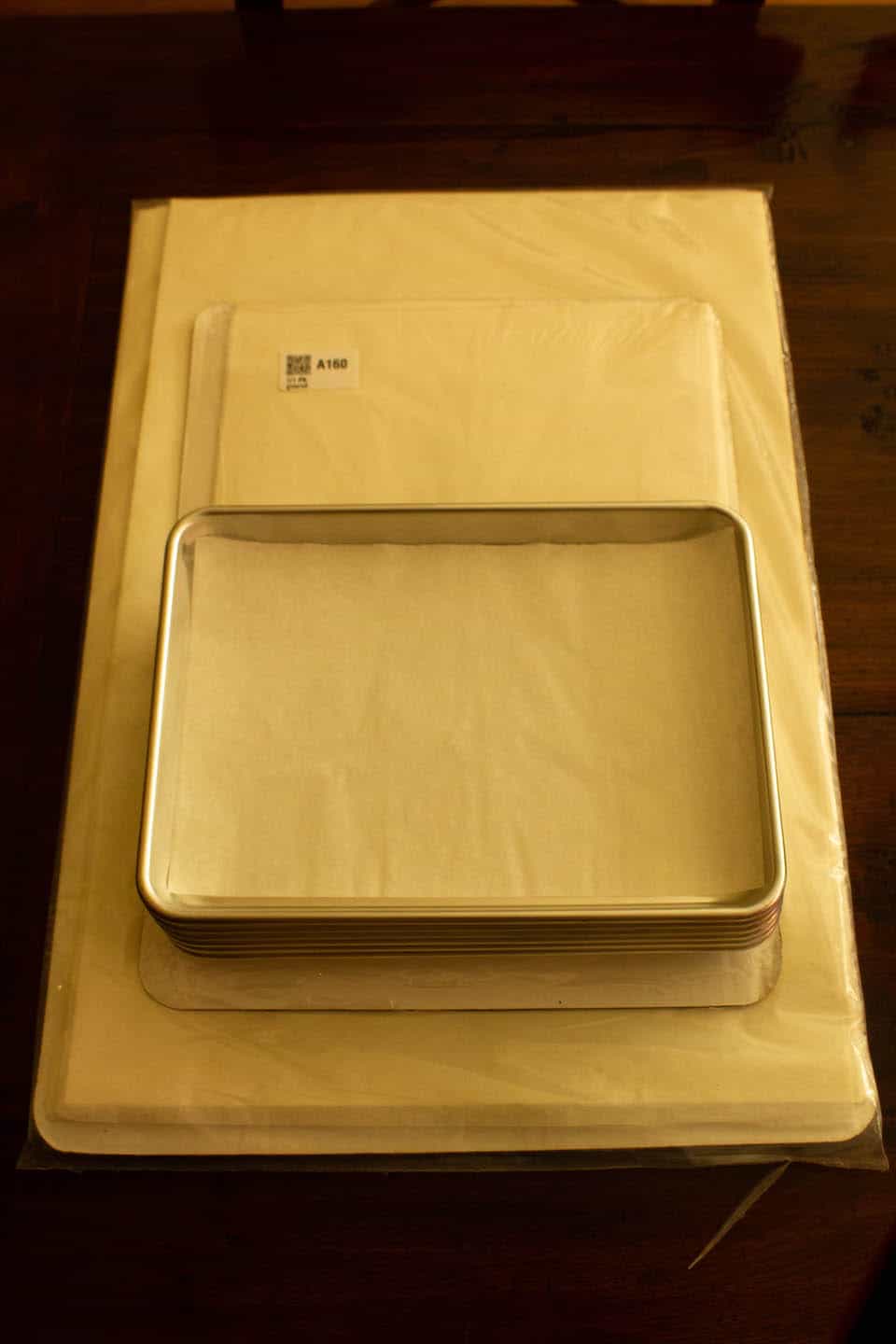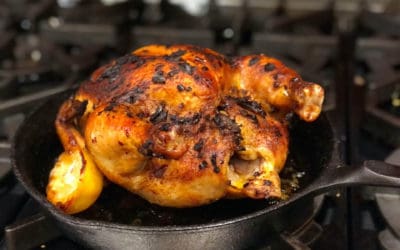
I’ve already established my preference for the flat-shaped parchment that fits a baking sheet—no matter the size—perfectly.
You also have to decide which coating you prefer in your parchment. There are two types of finishes on parchment paper that make it non-stick: Silicon and Quilon.
Quilon-coated is the industry standard.
On the upside, it’s substantially less pricey than silicon. Webrestaurant.com also sells an unbleached version.
I used Quilon-coated parchment for years when I cooked in restaurants, and it performs well. I’ve found it to be more than sufficient for all my culinary needs, from roasting vegetables to rolling pastry crusts.
Silicon, however, is safer for us and the environment. After all, silicon is found in sand, quartz, and rock. It is non-toxic when incinerated and entirely biologically degradable. Since it’s toxicologically harmless, it neither poses a threat to humans nor to nature. It also withstands higher temperatures and longer cooking times than the Quilon-coated.
In addition, you can usually use silicon-coated paper more than one time, so the cost advantage of Quilon may not pay off in the end.
Unfortunately, Webrestaurantstore.com does not sell the unbleached variety of silicon sheets, however; but I still favor bleached silicon sheets to any type of Quilon-coated sheets. (Find them on the Web Restaurant Store here).
TO RECAP: To be environmentally and health friendly in all regards, go for silicon baking sheets. The gold standard of parchment paper—the most environmentally friendly of all—is the unbleached silicon variety. Expect to pay a little more for that.
Zenlogy is the source I use for the unbleached silicon-coated sheets of all sizes. Check them out here.





0 Comments